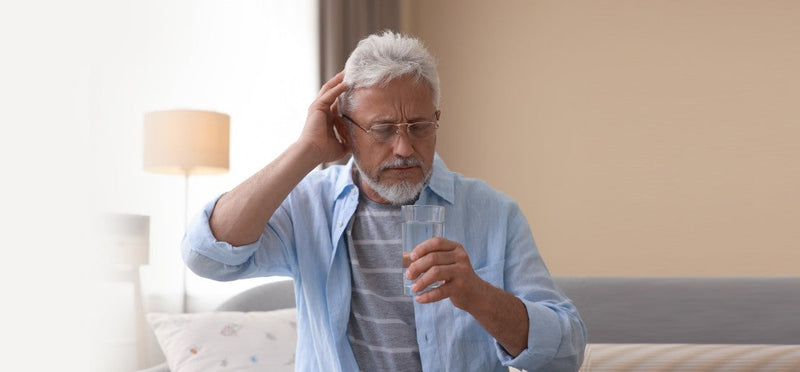

People with Type 2 diabetes might have a new tool to help manage their blood sugar levels. A new study published in the Journal of Biophotonics found that exposure to red light can help reduce blood sugar levels after eating.
The study is significant considering that 537 million adults (20-79), which equates to 1 in 10, are living with diabetes. The number is expected to rise to 643 million by 2030 and 783 million by 2045.[1]
Type 1 versus Type 2 diabetes
Type 1 is considered an autoimmune disease. The immune system mistakes the body’s own healthy cells as foreign invaders. In response, the immune system attacks and destroys the insulin-producing beta cells in the pancreas. Once these cells are destroyed, the body is unable to produce insulin. Diet and lifestyle do not cause Type 1 diabetes. The development of Type 1 diabetes may be attributed to genetic and environmental factors. [2]
With Type 2 diabetes, the pancreas does not produce enough insulin. Furthermore, cells do not respond well to insulin and as a result take in less sugar.[3] Type 2 is the more common of the two types, accounting for 90 to 95 percent of all cases.[4] Type 2 can occur in people of all ages,
Study suggests potential for those with diabetes
In conducting the study, researchers shined red light on the backs of study participants for 15 minutes, stimulating energy production inside their mitochondria. (Mitochondria are the powerhouses in cells that produce energy, regulate calcium and control cell death.) The study included 30 participants who did not have diabetes, half of whom were exposed to red light with a 670 nanometer (nm) red light wavelength. (Red light wavelengths of visible light run 620 to 750 nanometers).
The treatment led to increased glucose consumption, which, in turn, caused levels of blood sugar to drop by up to 28 percent. Next when the patients drank sugar water, the treatment reduced maximum glucose spiking by 7.5 percent. [5]
Researchers said they decided to look at red light therapy to control blood sugar levels after reading a 2019 study that indicated sunlight exposure could correlate with improved metabolism of glucose. Researchers also noted that although sunlight has a mix of red and blue, we are exposed to almost all blue light emitted from computers and smartphone LEDs. Previous research shows that long term blue light can upset the body’s natural circadian rhythm, which causes sleep issues. [6]
Red light benefits other health issues
Currently red-light therapy is used for skin conditions such as eczema, rosacea, acne, and psoriasis. It also is a skin treatment to help reduce wrinkles, age spots, and stretch marks. Increased research over the past few years has looked at red light therapy to treat such conditions as arthritis, various eye diseases, tendinitis and even dementia.[7]
While red light might be useful to control glucose in Type 2 diabetes, more research will need to be conducted to fully assess the effect.
[1] IDF Diabetes Atlas, Accessed March 24, 2024. https://diabetesatlas.org/
[2] O-Keefe Osborn, Corrine, “Type 1 and Type 2 Diabetes: What’s the Difference,” healthline, July 17, 2022. https://www.healthline.com/health/difference-between-type-1-and-type-2-diabetes
[3] “Type 2 Diabetes,” Mayo Clinic, Accessed March 24,2024. https://www.mayoclinic.org/diseases-conditions/type-2-diabetes/symptoms-causes/syc-20351193
[4] Howley, Elaine, “6 Questions to Ask Your Doctor When Diagnosed with Diabetes,” US News, June 22, 2018. https://health.usnews.com/health-care/patient-advice/articles/2018-06-22/6-questions-to-ask-your-doctor-when-youre-diagnosed-with-diabetes
[5] Geissler, Hanna, “Red light exposure ‘could treat diabetes’ by lowering blood sugar – bombshell study,” Daily Express, February 21, 2024. https://www.express.co.uk/life-style/health/1868816/diabetes-red-light-treatment-health
[6] Pelc, Corrie, “Red light therapy significantly improves blood sugar levels, study finds,” Medical News Today, February 23, 2024. https://www.medicalnewstoday.com/articles/red-light-therapy-improves-blood-sugar-levels#Other-health-benefits-of-red-light-therapy
[7] Ibid








